Fioricet medicine is a popular brand name for a blend of three drugs, which comprise of caffeine, butalbital and acetaminophen.
The combination of these three drugs is used to treat migraines, tension headaches and different types of other pain ailments. Fioricet is not clearly labeled as a common pain reliever.
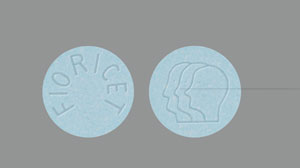
Fioricet is available only with your doctor’s prescription, but if you are suffering from tension headache, it is better to speak to your doctor about the effects of using Fioricet to manage serious or recurring headaches.
Fioricet was approved by FDA in 1984 and Novartis Pharmaceuticals was its original manufacturer. In 2003, Watson pharmaceuticals now known as Actavis, purchased the rights to sell Fioricet. Many manufacturers are now selling Fioricet in generic form as well. The original formulation of the medicine included
- 50 milligrams butalbital
- 40 mg of caffeine
- 320 mg – acetaminophen
Mechanism of Action
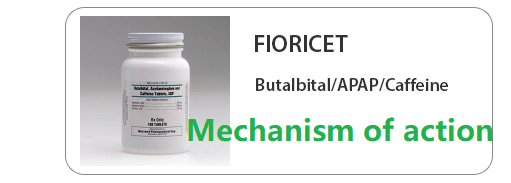
Butalbital is a type of sedative used as a muscle relaxer in Fioricet, the butalbital is used to alleviate the muscle tension that occurs due to tension headaches. One should take Fioricet as prescribed by the doctor and should avoid the dependency on drug. Do not exceed the recommended dose.
Caffeine is used in Fioricet to improve the efficacy of acetaminophen. When taking Fioricet, the patients should not take substances that contain caffeine to avoid overdose and nervousness caused by high consumption of caffeine.
Acetaminophen is a popular pain reliever, which is also available over the counter. Since acetaminophen is easily available, the patients taking Fioricet should be familiar with the contents of any other medications, they are using to prevent overdose.
According to FDA guidelines, the manufacturers are recommended to restrict the dose of acetaminophen in different prescription products.
Fioricet Plus Codeine
Another formula which includes Fioricet and codeine is also discovered by Actavis to deal with tension headaches. It comprises of 30 mg- codeine along with other 3 drugs and contains increased dose of acetaminophen, which is 325mg.
The Fioricet plus codeine comes in a black box with a warning about how it can be toxic for your liver, lead to respiratory problems and death in kids caused by codeine.
Addiction and Abuse
In Fioricet, the sedative known as butalbital is present, which belongs to the class of certain drugs known as barbiturates, a depressant that can affect your central nervous system. It has the ability to cause psychological and physical dependence which can result in abuse.
Those who take too much medicine (Fioricet) may discover that they are stress free and feel relaxed. This makes them addictive to the drug as they start taking high doses to get the satisfactory results. Some people say that they feel intoxicated. However, people can get into depression once the effect of medicine goes off.
Despite of its risks, Fioricet is an effective medicine to manage migraines and tension headaches. When used under the supervision of an experienced doctor and when taken as prescribed by the doctor can help people get great results.
What Are The Ingredients In Fioricet?
A combination medication is a drug which includes two or more pharmaceutical ingredients in a fixed dose. There are three ingredients in standard Fioricet: acetaminophen, butalbital, and caffeine. All three ingredients have different effects which combine to soothe headaches.
- Acetaminophen is a medication which alleviates pain and reduces fever. It’s more widely-known by its brand name, Tylenol. Acetaminophen works by impairing the production of the prostaglandin chemical in the brain. This chemical activates pain signals in the nervous system.
- Butalbital is a sedative barbiturate which stimulates the brain’s production of GABA. This neurotransmitter calms the nervous system by blocking signals among neurons. It also relaxes muscle tension in the head, thereby alleviating headaches. Butalbital is a Schedule III controlled substance in the United States.
- Caffeine is a stimulant which raises a person’s blood pressure. While high blood pressure is not necessarily healthy, low blood pressure worsens headaches by causing blood vessels to expand and push against the brain. By raising raising blood pressure, caffeine causes blood vessels to constrict and increases blood flow. This effect helps relieve headaches.
With these three ingredients at work, Fioricet can be an effective source of headache relief. However, the medication also poses risks for side-effects, overdose, and addiction. For this reason, doctors usually refrain from prescribing Fioricet until safer over-the-counter medications fail to help their patients.
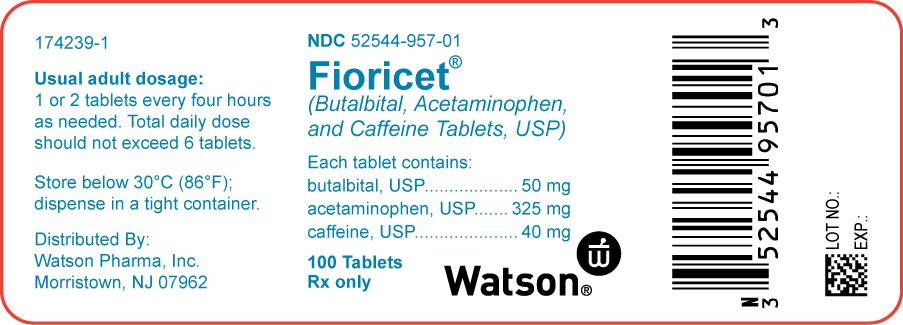
Is Fioricet Addictive?
Although it’s only a prescription headache medication, Fioricet has the potential to cause addiction. If a person follows their prescription guidelines and uses the medication correctly, the risks of addiction are low. However, if someone takes too much Fioricet, they may develop tolerance to its effects. A person with tolerance to a certain dose of Fioricet will require higher doses of the medication to alleviate their headaches.
When a person with tolerance starts to take more Fioricet, possibly by obtaining more prescriptions, they may eventually become dependent on it. In other words, they may feel unable to get through the day without taking Fioricet, and if they stop, they will experience symptoms of withdrawal. These symptoms arise because their body has grown accustomed to Fioricet in high doses.
If a Fioricet-dependent person attempts to weather withdrawal alone, it’s likely they will take Fioricet again just to relieve the symptoms. This is a hallmark characteristic of addiction. Anyone who compulsively abuses Fioricet to avoid withdrawal likely has an addiction to Fioricet. Additionally, people with an addiction to Fioricet will experience cravings for the medication which further compel them to keeping using it.
Moreover, the ingredient butalbital is an addictive substance in its own right. Butalbital can cause someone to “get high” because it’s a central nervous system depressant. Since butalbital is part of Fioricet, it is possible for someone to abuse Fioricet as a recreational drug. At high doses, Fioricet can intoxicate a person in a manner similar to alcohol. People who abuse Fioricet for this purpose have as much of a risk of developing an addiction as they would have if they repeatedly use an illegal drug.
The Symptoms of Fioricet Withdrawal
In most cases, Fioricet withdrawal lasts anywhere from 8 hours to three days after the last dose. Withdrawal is the biggest obstacle to overcoming dependence on Fioricet, which is why rehab centers provide detox programs so that people can safely undergo the withdrawal cycle without the risk of relapse. It is best to undergo withdrawal under medical supervision because some withdrawal symptoms are dangerous.
Rebound headaches are the most common symptoms of Fioricet withdrawal. Other symptoms of withdrawal include:
- Anxiety
- Dizziness
- Insomnia
- Muscle spasms
- Nausea and vomiting
- Rapid emotional changes
- Seizures (in rare cases)
- Tremors
- Weakness
Precaution of Fioricet
Compounds containing butalbital have shown efficacy in placebo-controlled trials for patients with episodic tension-type headaches. However, despite their widespread clinical use for migraines, there is a notable absence of placebo-controlled trials specifically focusing on migraine patients.
Barbiturates, including butalbital, can lead to various adverse effects such as intoxication, hangover, tolerance, dependence, and toxicity. Notably, the intoxication caused by butalbital is clinically indistinguishable from that induced by alcohol. Moreover, the use of butalbital-containing analgesics may give rise to drug-induced headaches, along with the development of tolerance and dependence. Higher doses can result in withdrawal syndromes upon discontinuation.
While butalbital-containing analgesics may prove effective as backup medications or alternatives when other treatments are ineffective or unsuitable, their usage should be carefully limited and closely monitored.
Concerns about overuse, medication-overuse headaches, and withdrawal underscore the need for caution in their administration. Due to the potential for adverse effects and dependency, healthcare professionals should exercise prudence when prescribing these compounds. Striking a balance between their potential benefits and risks is crucial to ensuring their responsible use in managing headaches.
Pain Medications, Pain Relief, and Pain Management


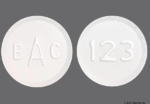


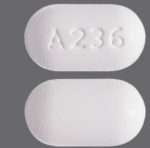
Can I order online?
65×953